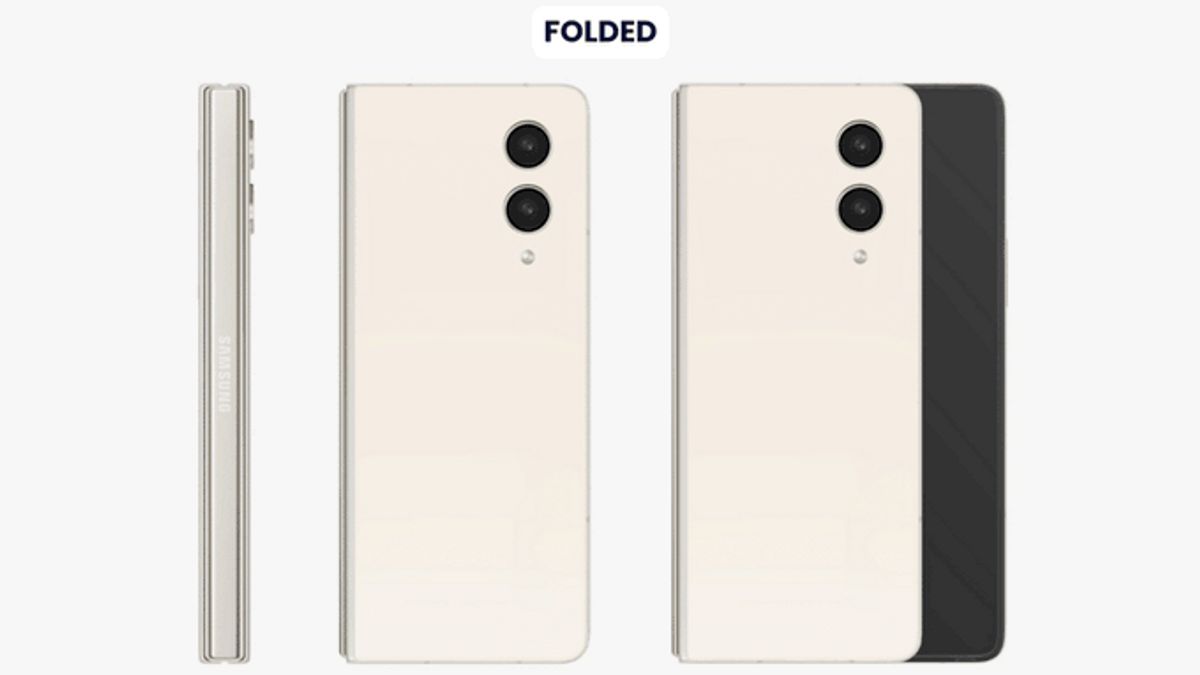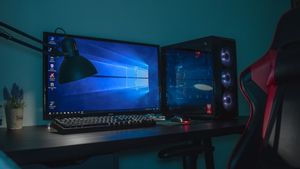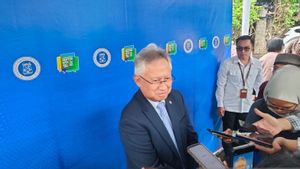On August 13, 2024, Samsung filed a patent to the United States Patent and Trademark Office (USPTO) for the revolutionary flexible tablet screen technology. This technology has the potential to change the way we interact with digital devices, combining cutting-edge designs with extraordinary adaptability.
The proposed patent describes a tablet with a flexible screen that can change its shape and function according to user's needs. This innovation is not just a minor increase in existing technology, but a big step towards a future where the device adapts to the user, not the other way around. The screen is capable of transitioning from a conventional flat form to a curved shape, depending on preferences and usage scenarios.
The core technology of this innovation involves advanced mechanical and electronic systems that allow the screen to bend and change shape. This flexible screen extends to the edge of the tablet, maximizing the space of the screen that can be used and allows a curved display that can adapt to a variety of modes and functionality.
In addition, this patent shows that tablets can detect whether the device is held by the right or left hand, and adjust the display automatically. Another interesting feature is the tablet's ability to expand parts of the screen to reflect the display of wirelessly connected smartphones. This screen can also change the size according to whether the tablet is installed with a keyboard, held, or used with a stylus.
SEE ALSO:
If Samsung manages to bring this technology to market, it can set new standards for monitors and screens, as well as attract technology, gamers, and productivity-focused users. This technology has the potential to improve the entertainment and work experience in an unprecedented way.
Although this patent is very promising, it is important to remember that not all patents lead to commercial products. However, this patent submission reflects Samsung's commitment to driving screen technology boundaries. With their history of turning innovative patents into real products, as seen by the Galaxy Z Fold and Flip series, there is a high probability that the public will see this flexible tablet in the future.
This patent signifies the possibility of a shift in tablet design and functionality, and raises interesting questions about the future of personal computing devices. Will flexible screens be norm? How will this technology affect other devices such as smartphones or laptops? And what new use cases can arise from shape-changing screens? While we are waiting for further developments, Samsung's patent shows that the next generation of tablets may bend the rules about what we think is possible.
The English, Chinese, Japanese, Arabic, and French versions are automatically generated by the AI. So there may still be inaccuracies in translating, please always see Indonesian as our main language. (system supported by DigitalSiber.id)

















